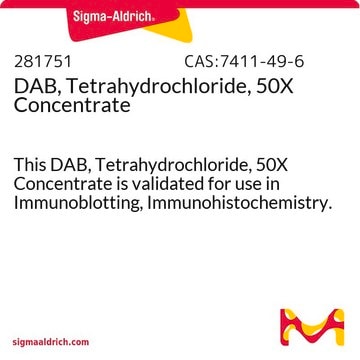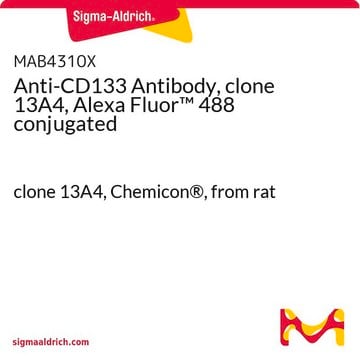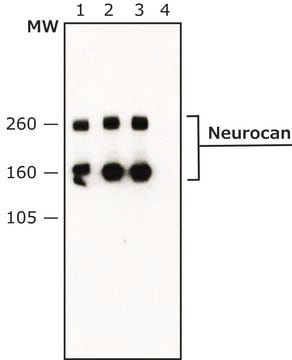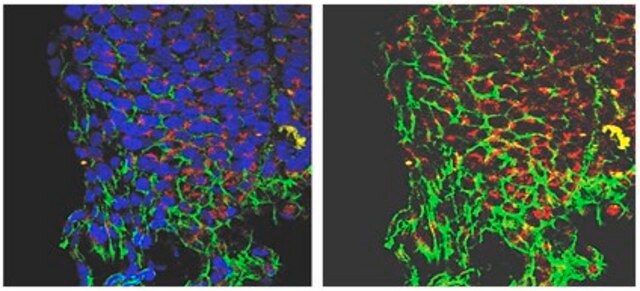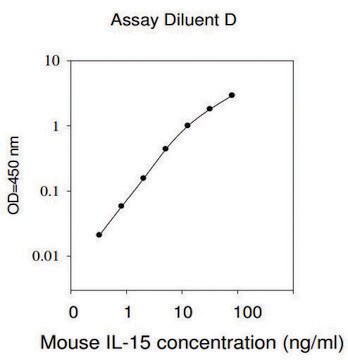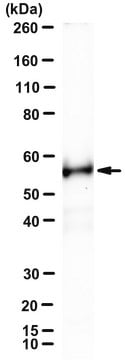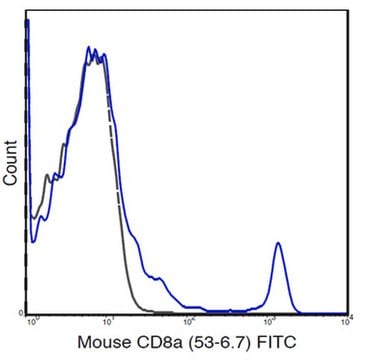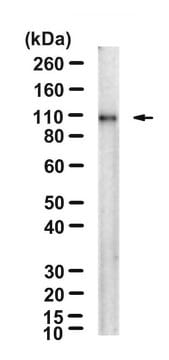ABT1384
Anti-Neurocan Antibody, N-terminal
from rabbit
Synonym(e):
Neurocan core protein, 245 kDa early postnatal core glycoprotein, Chondroitin sulfate proteoglycan 3
About This Item
Empfohlene Produkte
Biologische Quelle
rabbit
Qualitätsniveau
Antikörperform
unpurified
Antikörper-Produkttyp
primary antibodies
Klon
polyclonal
Speziesreaktivität
mouse, rat
Verpackung
antibody small pack of 25 μL
Methode(n)
immunofluorescence: suitable
immunohistochemistry: suitable
radioimmunoassay: suitable
Isotyp
IgG
NCBI-Hinterlegungsnummer
UniProt-Hinterlegungsnummer
Versandbedingung
ambient
Posttranslationale Modifikation Target
unmodified
Angaben zum Gen
rat ... Ncan(58982)
Allgemeine Beschreibung
Immunogen
Anwendung
Immunohistochemistry Analysis: A representative lot detected Neurocan in E13 and E14 mouse ventral diencephalon and retina in C57 mouse embryos (Leung, K.M., et. al. (2004). Brain Res Dev Brain Res. 152(1):1-10).
Qualität
Immunofluorescence Analysis: A 1:500 dilution of this antibody detected Neurocan in E14 Embryonic rat brain (frozen section), rat E14 neocortex, and rat hippocampus cells.
Zielbeschreibung
Physikalische Form
Sonstige Hinweise
Sie haben nicht das passende Produkt gefunden?
Probieren Sie unser Produkt-Auswahlhilfe. aus.
Lagerklassenschlüssel
12 - Non Combustible Liquids
WGK
WGK 1
Analysenzertifikate (COA)
Suchen Sie nach Analysenzertifikate (COA), indem Sie die Lot-/Chargennummer des Produkts eingeben. Lot- und Chargennummern sind auf dem Produktetikett hinter den Wörtern ‘Lot’ oder ‘Batch’ (Lot oder Charge) zu finden.
Besitzen Sie dieses Produkt bereits?
In der Dokumentenbibliothek finden Sie die Dokumentation zu den Produkten, die Sie kürzlich erworben haben.
Unser Team von Wissenschaftlern verfügt über Erfahrung in allen Forschungsbereichen einschließlich Life Science, Materialwissenschaften, chemischer Synthese, Chromatographie, Analytik und vielen mehr..
Setzen Sie sich mit dem technischen Dienst in Verbindung.